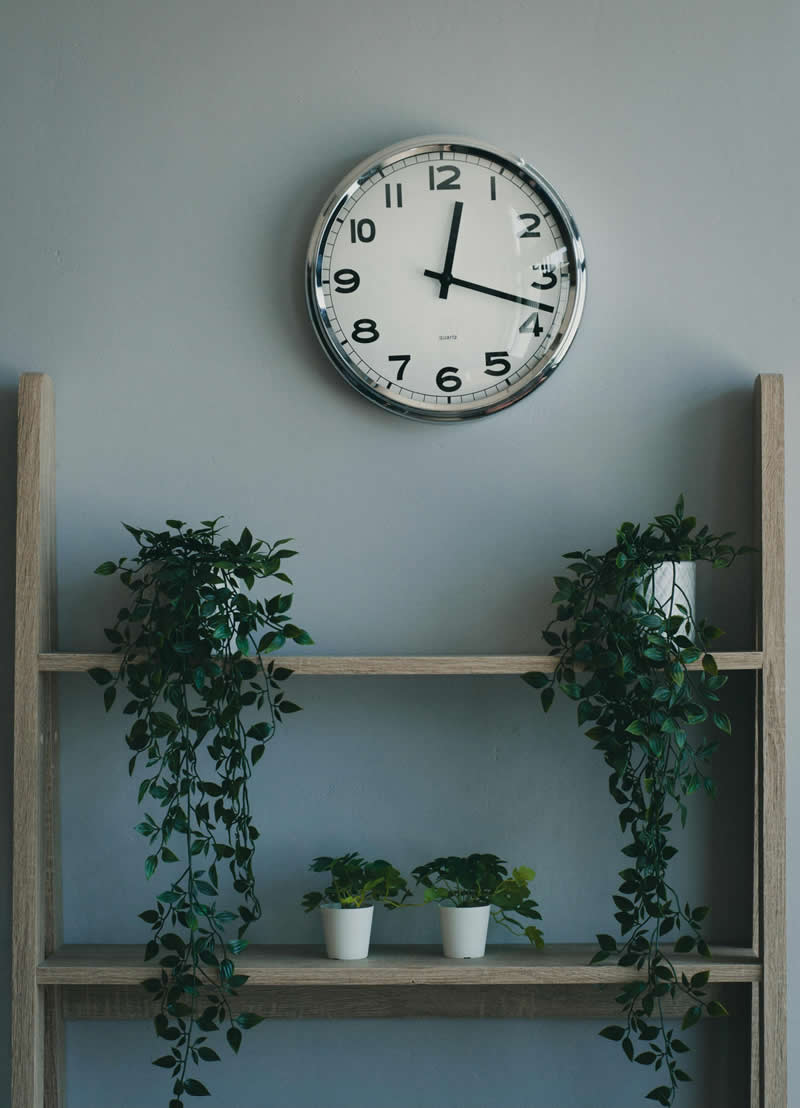Rented properties are often thought of as being shorter term homes, usually for people who are studying or working in a place for a limited time. A lot of rented homes however are occupied by people who have settled down and lived there for many years. This can be for a variety of reasons, including strong satisfaction with the property, the local area or both, as well as a good relationship with their landlord. With long-term tenancies, there are a few different things to consider that are maybe not front and centre for shorter stays, particularly when it comes to tenancy deposits.
Wear and tear
Properties will experience wear and tear to some degree through the passage of time, but the extent of this is likely to be different between a tenancy of six months and one of 10 years. If the landlord makes a claim for damage at the end of the tenancy, the principle of fair wear and tear will be considered in any arising dispute.
The adjudicator, in deciding how much should be awarded, will take into account the length of the tenant’s stay in the property as well as the lifespan of the item that is being claimed for. If for example, there is damage to the hallway carpet that has been present in the property for several years, the general lifespan of the product is something that the adjudicator will consider.
Refreshing the property
Looking at the same room every day over a long period of time, it can start to get old. It’s natural to get an urge to redecorate every now and then. Tenants who have lived in the property for a long time are of course more likely to feel this way and wish to personalise the property.
Before making any customisations to the property, the tenant should first consult their landlord, as opinions on redecoration will differ between landlords. Allowing the tenant to redecorate however, does have some benefits for the landlord, as the tenant may be more willing to stay longer in a property that they feel more at home in. There may be a wallpaper or a piece of furniture that the tenant is not keen on and wishes to replace to better fit their own personal taste, particularly in homes with children who may have specific interests they want reflected in their bedrooms.
The proposed Housing (Scotland) Bill incorporates some changes regarding redecorating. Tenants will be able to make minor adjustments to the property without seeking approval from the landlord, but must still consult the landlord when it comes to bigger changes like repainting a room. The landlord will not however, be able to unreasonably refuse these requests. If the landlord decides that they wish to redecorate the property when there is a tenant still living there, they should ensure that they provide the tenant with prior notice and reach agreement on access to the property to carry this out.
Comings and goings
A long-term tenancy may see some changes to its occupancy over time as one or more tenants may move out while others stay, and similarly the tenancy may see the addition of new tenants. Shared student flats are a common example of this, as some of the tenants will leave at different times as others and make way for new ones to move in. Romantic relationships where one person has been asked to move in with the other could see someone joining,s what has been a long-term tenancy, though it is important to consult the landlord and check that it is okay for another tenant to move in. Tenancy deposit scheme SafeDeposits Scotland has a tenant changeover feature on its website to help with managing the deposit in instances like these.











